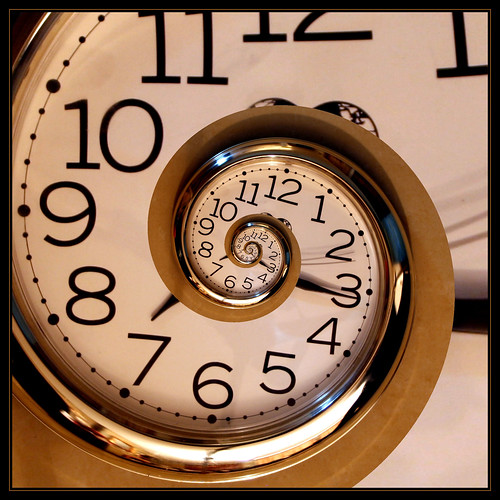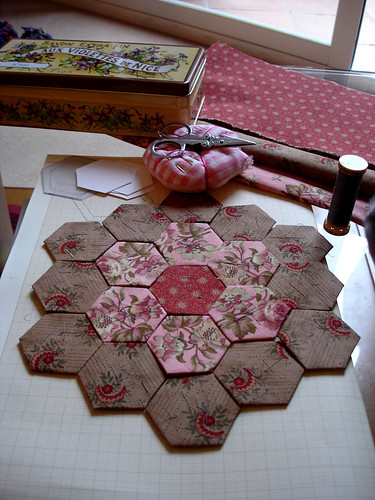
A large variety of thread has been produced since the boom in the interest that people have started taking in the quilting craft. And since there is such a huge amount of thread, choosing the right one can leave you in a whole lot of confusion. You will have a wide choice to select from.
There are two categories into which quilting threads fall- thread for embellishing and sewing thread. In quilting, the most popularly used thread is sewing thread. Lets briefly discuss about that. There are different fibers and weights in which you can select sewing thread. The thread weights range from as less as 28 to as much as 60. Strength is the basic property that quilting thread should possess so that it lasts for long. Therefore it is best you go for threads that weigh around 40. Threads that weigh 28 are usually used for embellishment and those that weigh 50 are usually used for piecing. Reading the label can help you find the weight of thread that you are looking for. The labeling is usually of the kind: 30/2. Here 30 is the thread weight and 2 is the number of plies.
Cotton, polyester, plastic, metallic and rayon are the most common threads for quilting. Plastic and metallic threads are used specialty stitches and embellishments only. The most common is cotton thread and it is usually mercerized. Mercerization is a process in which the fiber is made to swell and straighten repeatedly. This removes the fibers tendency to get fuzzy and also increases the thread's luster. The common weights of cotton thread range from 30-60.
Another high lustrous thread is rayon while polyester is known to have a colorfast and non-shrinkable finish. It is usually a little tougher to sew metallic threads and it is not recommended for beginners although they make the quilt look dazzlingly beautiful. A few popular and trust worthy brands that quilters can choose from are Coats and Clark, Guterman that is popular for its ease of use and strength especially for hand quilting, the Madeira rayon thread, which is good for embroidery on leather or denim, and Mettler, which offers several different fibers.
Using old sewing thread is not such a good idea as old threads tend to degenerate when on the spool. Take the old thread by pulling on it after unreeling it a bit. If it s naps, then it is most likely to snap even when you place it in the sewing machine. It is best you buy new thread what with the vast variety of threads available for quilting and its low cost. This way you can save yourself a lot of time and frustration.
There are certain manufacturers who manufacture special threads for the purpose for embellishing and you can easily find them at any local quilting store. For hand quilting, there are a range of colors and fibers in which embroidery floss is available. You will definitely fall more into love with quilting once you learn about the various threads available for it.
Abhishek is an avid Quilting enthusiast and he has got some great Quilting Secrets up his sleeves! Download his FREE 40 Pages Ebook, "Understanding The Basics Of Quilting!" from his website http://www.Fun-Galore.com/622/index.htm. Only limited Free Copies available.
Article Source: http://EzineArticles.com/?expert=Abhishek_Agarwal
http://EzineArticles.com/?Quilting-Threads---Available-Threads&id=1660665


 201 Quilt Patterns
201 Quilt Patterns






